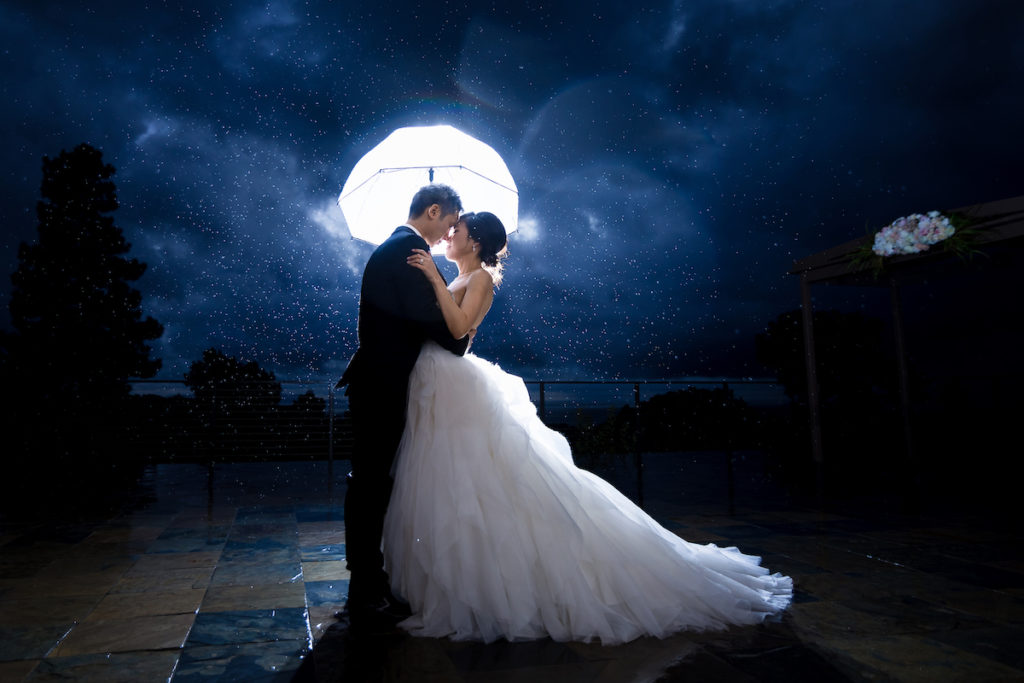
Breathtaking Blue Hour Images for Your Inspiration
Among the world’s many incredible visual wonders, there’s one we can see twice daily from almost anywhere in the world. For 20-40 minutes before sunrise and again after sunset, a gorgeous shade of blue paints the sky in a spectacular display. We refer to these special periods of blue natural light as blue hour, and photographers should know it well.
Browse the tips and images below to find inspiration from our roster of award-winning photographers.
Golden Hour Vs. Sunset Vs. Blue Hour
You’ve likely heard of golden hour, the first hour after sunrise and the last hour before sunset. For bright and airy, natural light photography, it’s tough to beat golden hour’s soft and flattering light quality. Here’s the thing, though. Many photographers hustle to catch golden hour, but they leave as soon as the sun dips below the horizon. People not taking pictures do the same thing. If only they’d stay just a bit after, they’d get treated to the wonders of blue hour. It marks the finale after Rayleigh scattering really puts on a show in the sky.

Blue hour, also known as twilight, only lasts 20-40 minutes, depending on your location and the time of year. It marks the time of transition between dark blue to light blue sky in the morning and the opposite in the evening. While blue hour lighting doesn’t shine as brightly as golden hour, it still makes for wonderful silhouettes and a dream-worthy flash photography backdrop.
What About Those Sunset Colors?

Consider blue hour and colorful sunsets a package deal. While blue hour refers mostly to the bluer shades in the sky before sunrise and after sunset, it ties closely to the most colorful time of day caused by Raleigh scattering. The sun moves closer to the horizon during sunrise and sunset, and the sunlight travels a greater distance through a densely-packed environment before we can see it. Because of something known as Rayleigh scattering, much of the shorter wavelength light, which includes shades of blue, violet, and green, get scattered and leave more of the longer wavelength light colors, like red, orange, and yellow, to be seen.
Tips for Capturing Breathtaking Blue Hour Photos

There are tips and tricks you can use to capture or even know whether or not you can expect an epic sunset and spectacular blue hour.
- Use an App: You can use specialized apps to check the three phases of twilight to know when the sun will be at the ideal angle to capture amazing photos from your location.
- Check the Cloud Cover: You’ll need some clouds in the sky for more colorful sunsets. They provide a canvas to reflect the colors you’re hoping to see. If it’s too cloudy, you can expect a less spectacular sunset.
- Consider the Wind: Just after a rainy or windy day, when the wind calms down and before the pollution flows back into place, you may find the sky turning it up a notch for a must-see performance. If the wind picks up too much, however, it may blow the clouds away and diminish your chances of getting the sky you want.
- Check the Humidity: Lower humidity often translates to a greater chance of catching an amazing sunset and subsequent blue hour session.
Here are some more photos for your inspiration:
Rey Benasfre – Instagram | Website

Jess and Kim Lawrence – Instagram | Website

Pye Jirsa – Instagram | Website

Scott Josuweit – Instagram | Website

Mauricio Ureña – Instagram | Website

Chad Winstead – Instagram | Website

Citlalli Rico – Instagram | Website

Jos & Tree Woodsmith – Instagram | Website

Jason Vinson – Instagram | Website

I hope you found these blue hour photography tips helpful and photos inspiring. Best of luck on your next blue hour session!



